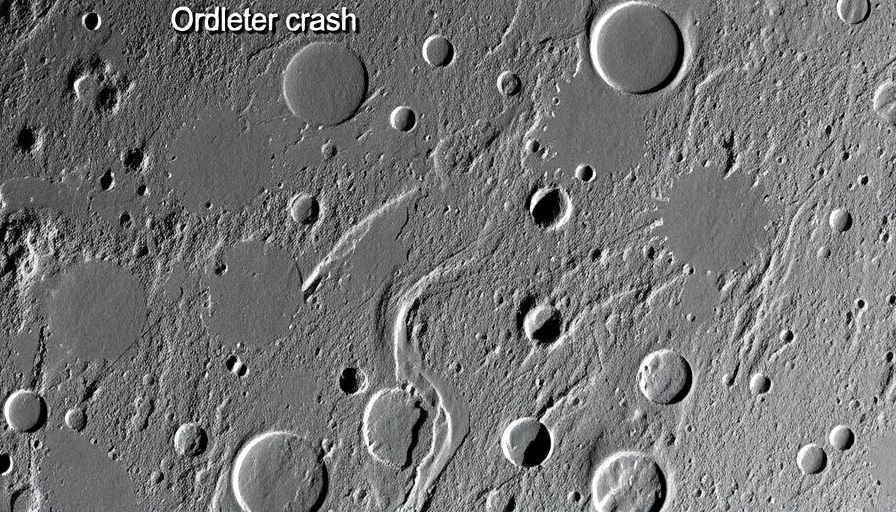
The Moon’s Graveyard: A Look at ispace's Resilience Crash
The recent mishap involving the ispace Resilience lunar lander has captured global attention, fitting seamlessly into the narrative of human exploration failures and triumphs on the moon. NASA’s Lunar Reconnaissance Orbiter (LRO) recently imaged the crash site, revealing a dark smudge surrounded by a nuanced halo, offering both grave and beautiful perspectives of our celestial neighbor. This incident raises important questions about innovation, engineering, and the future of lunar exploration.
Understanding the Importance of Resilience's Mission
The Resilience moon lander, launched by the Tokyo-based company ispace, aimed to enhance our understanding of lunar geology in the Sea of Cold, a region characterized by ancient volcanic activity. Despite the unfortunate crash on June 5, 2025, the mission’s intent signifies a bold step forward for commercial lunar exploration. Mark Robinson, a lunar scientist at Intuitive Machines, noted that Mare Frigoris’s formation dates back over 3.5 billion years, emphasizing the historical importance of exploring these aged geological features.
What Went Wrong: A Mission Control Analysis
Shortly after initiating its landing sequence, ispace's Mission Control lost contact with the Resilience, ultimately confirming its failure within hours. The crash site lies approximately 1.5 miles from its intended landing zone, underscoring the challenges faced by lunar landers. This setback echoes similar failures; as noted by Robinson, ispace's first moon lander met a similar fate in April 2023, raising concerns about the reliability of new technologies being deployed in such harsh environments.
Lessons Learned in Space Exploration
Every failure offers a learning opportunity. Resilience's crash teaches us crucial lessons in both design and execution. When looking at the bright halo surrounding the dark smudge left by the crash, we see not just failure but a demonstration of the moon's dynamic surface. This phenomenon occurred as the vehicle disturbed the regolith—the lunar soil—creating a visual echo of our attempts to explore. By understanding these surface interactions more thoroughly, engineers can refine their approaches in future missions.
Opportunities for the Future: A New Era of Space Exploration
The hiccups experienced by ispace should not deter interest but instead invigorate it. With countless nations and private enterprises currently plotting their paths to lunar exploration, the demand for innovation in space technology has never been greater. As companies like ispace gear up for future missions, each lesson learned will propel the industry toward safer, more successful landings. The quest for lunar exploration is ongoing, and resilience—both literal and metaphorical—remains key.
A Dark Chapter in Lunar Exploration?
While the crash of ispace's Resilience may appear grim, it is yet another chapter in our exploration of the cosmos. Failures like this one serve to teach, inspire, and push us to innovate further. As we cast our gaze toward the stars, we must remain committed to learning from our mistakes and pushing the boundaries of what we know.
 Add Row
Add Row  Add
Add 




Write A Comment